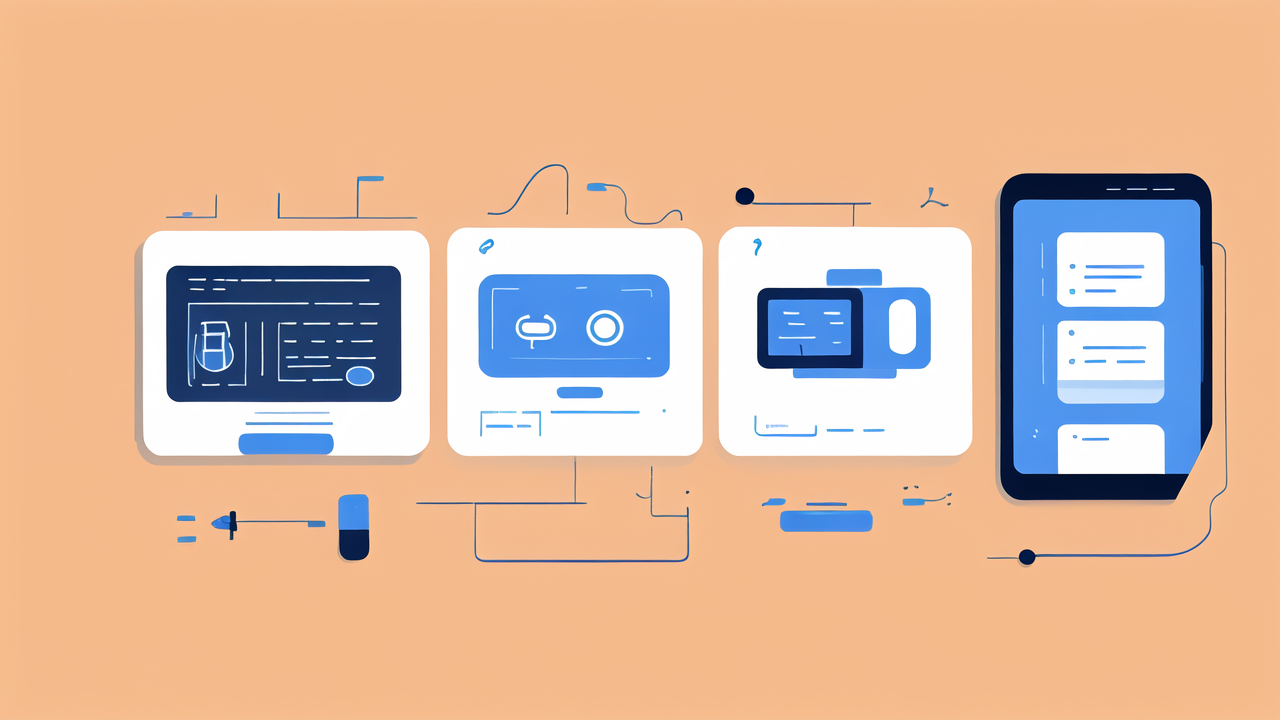The Evolution of Wearable Technology in the United States
Understanding the Market Drivers
The rise of wearable technology in the US has been driven by several key factors. Consumer demand for

convenience and connectivity has fueled innovation. Health and fitness tracking features have become
increasingly popular. The desire for seamless integration of tech into daily life has pushed development.
Advancements in miniaturization have made wearables more practical and stylish. The growing Internet of
Things ecosystem has created new use cases. Changing lifestyles and work patterns have increased the need
for on-the-go tech solutions. The COVID-19 pandemic has also accelerated adoption of health-monitoring
wearables. These drivers have shaped the evolution of wearable tech in America.
Milestones in Wearable Technology History
The journey of wearable tech in the US has seen many milestones:
- 1960s: The first wearable computer is created at MIT
- 1975: Pulsar introduces the first calculator watch
- 1987: Steve Mann develops the first wearable wireless webcam
- 2000: The first Bluetooth headset is released
- 2006: Nike and Apple launch Nike+iPod, integrating fitness tracking with music
- 2009: Fitbit releases its first activity tracker
- 2013: Google Glass is unveiled to the public
- 2015: Apple Watch launches, bringing smartwatches to the mainstream
- 2016: Snapchat Spectacles debut, merging social media with wearables
- 2019: Smart clothing gains traction with products like Levi's Jacquard jacket
These milestones mark the progression from bulky, niche devices to sleek, consumer-friendly wearables.
Current Trends in Wearable Devices
Today's wearable tech landscape is diverse and rapidly evolving. Smartwatches dominate the market, offering
health tracking, notifications, and contactless payments. Fitness trackers remain popular, with advanced
sensors for detailed health monitoring. Smart glasses are making a comeback, focusing on augmented reality
experiences. Hearables, like smart earbuds, are gaining traction for their audio and health features. Smart
clothing is emerging, with embedded sensors for various applications. Mental health wearables are addressing
stress and sleep issues. The trend towards more discrete, fashionable designs continues across all
categories.
Challenges and Opportunities in the Wearable Clothing Industry
Navigating the Regulatory Landscape
The wearable clothing industry faces a complex regulatory environment. Privacy concerns are at the

forefront, as these devices collect sensitive personal data. The FDA regulates some wearables as medical
devices, adding compliance hurdles. Data security standards are evolving to protect user information.
Intellectual property rights present challenges in this innovative field. Environmental regulations impact
manufacturing and disposal processes. Consumer protection laws affect marketing claims and user agreements.
Companies must navigate these regulations while innovating. Opportunities exist for firms that can
effectively balance compliance with innovation. Collaboration with regulators can help shape future
policies.
Innovation: Blending Fashion with Functionality
The challenge of combining style with technology is driving innovation in wearable clothing. Designers are
working to create aesthetically pleasing devices that seamlessly integrate into fashion. Miniaturization of
components allows for more discrete and elegant designs. Flexible electronics enable comfortable,
form-fitting wearables. New materials like conductive fabrics are expanding possibilities. Customization
options are becoming more prevalent to suit individual tastes. Collaborations between tech companies and
fashion brands are yielding exciting results. The goal is to create wearables that users want to wear, not
just for function, but for style.
Consumer Adoption and Market Growth
Consumer adoption of wearable clothing is steadily increasing, driving market growth. Awareness and
understanding of wearable tech benefits are improving. Price points are becoming more accessible, broadening
the market. User experience improvements are addressing early adoption barriers. Integration with
smartphones and other devices is enhancing utility. Health and wellness applications are particularly
driving growth. The COVID-19 pandemic has accelerated interest in health-monitoring wearables. Fashion-
forward designs are attracting style-conscious consumers. Challenges remain in battery life and durability.
Education and marketing efforts are crucial for continued market expansion.
The Future of Wearable Clothing: Predictions and Trends
Advancements in Sustainable Materials
The future of wearable clothing will see a strong focus on sustainability. Biodegradable electronics are

being developed to reduce e-waste. Recycled materials are increasingly used in wearable device construction.
Energy-harvesting fabrics could power devices through movement or body heat. Self-repairing materials may
extend the lifespan of wearables. Washable electronics will improve durability and reduce replacement needs.
Plant-based fabrics are being explored for eco-friendly smart clothing. Modular designs could allow for easy
upgrades, reducing waste. These advancements aim to make wearable tech more environmentally friendly.
Integrating AI and Machine Learning
Artificial intelligence and machine learning will play a crucial role in future wearables. AI-powered
personal assistants will become more sophisticated and context-aware. Machine learning algorithms will
improve health insights and predictive capabilities. Emotion recognition technology could enhance mental
health applications. AI will enable more personalized user experiences and recommendations. Natural language
processing will improve voice control in wearables. Computer vision in smart glasses will offer advanced AR
experiences. Machine learning will optimize battery life and performance. These technologies will make
wearables smarter, more intuitive, and more valuable to users.
The Role of Big Data and Analytics in Personalization
Big data and analytics will drive personalization in wearable clothing. Vast amounts of user data will
enable highly tailored experiences. Predictive analytics will anticipate user needs and preferences. Health
data analysis will provide more accurate and actionable insights. Behavioral patterns will inform product
design and features. Real-time data processing will enable instant feedback and adjustments. Cross-device
data integration will create a more holistic user profile. Privacy concerns will need to be carefully
balanced with personalization benefits. The result will be wearables that adapt and respond to individual
users in unprecedented ways.




Leave a comment
This site is protected by hCaptcha and the hCaptcha Privacy Policy and Terms of Service apply.